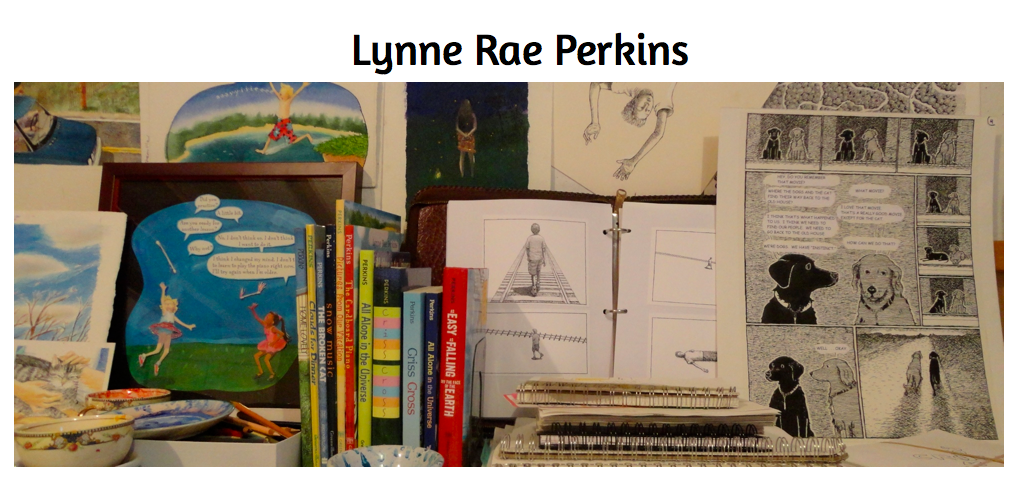I’m writing this in January, and it’s cold and snowy outside. But seed catalogs have already arrived in the mail, and yesterday I saw a rack full of seed packets at the grocery store, so maybe it’s not too early to talk about seedballs, also called seed bombs. Fun to do as a standalone activity, or as an activity after reading Seed by Seed (written by Esme Raji Codell and illustrated by me), Barbara Cooney’s Miss Rumphius, or something about Wangari Maathai, the Nobel prizewinning planter of trees in Kenya.
Observe these mysterious drawings and get ready for some guerrilla gardening:


What are seedballs? Little balls of compost and clay and seeds. The earth and clay make it less likely that the seeds will be eaten or blown away before they germinate. I read that the ancient Japanese called them “earth dumplings.” Masanobu Fukuoka re-introduced them in the 1970’s.
So, you make them (it’s easy — I’ll tell you how in a minute), maybe on a wintry day when you don’t want to go outside. Then in early spring, you toss them in an abandoned lot or some other neglected place that could use some beauty. There must be soil (though it can be poor), and access to rainfall and sunlight.
After 3-5 rains, the balls will break down and, with any luck, some of the seeds will have germinated and will send their roots right down into the earth. Awhile later, when you have maybe forgotten all about them, you will walk by that forgotten place and think, Oh, look! Flowers!
Here’s how: These instructions are from the website heavypetal.ca, where there is even more info. You will need 5 parts dry (i.e., powdered) red clay, 3 parts dry organic compost, 1 part seeds and 1-2 parts water. You can get the clay from a pottery supply store or, as I did, you can post on Facebook: “Hey, does anyone have some red powdered clay?” The seeds should be for things that grow in your area — wildflowers, perennials. I collected mine last fall from flowers that had gone to seed.
1. Mix the clay and the compost, then add the seed.
2. Add water a little at a time and combine. “You want the mixture to be moist but not really wet . . . It’s not an exact science.”
3. Roll into balls, 1-2″ in diameter. It’s just a little messy; wear an apron. Here is a close-up of my seedballs:

4. Set aside to dry for at least a few days, on a cookie sheet or something.

Now you, too, like the mysterious stranger in the drawings, can leave a trail of beauty wherever you go. Although I left out all the drawings in between, where time is passing.
IMPORTANT NOTE: The drawing shows a broken window to illustrate how we are beautifying a neglected place. The window was not broken by a seedball. Don’t throw your seedballs at windows, animals or people!
For ANOTHER fun Seed by Seed/Johnny Appleseed activity, click on this post.

